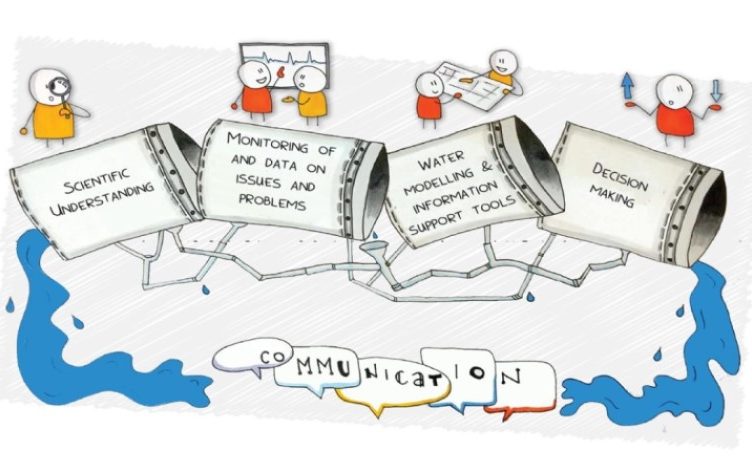
05/12/2024
Event Summary: Overview of water quality modelling projects from the Queensland Water Modelling Network with Callym Dunleavy
Read more
Copernicus, Galileo, Darwin, Lyell, Currie, Einstein; you know their names, and perhaps you know why they are famous, but how did that come to be? The reason: they were good storytellers.
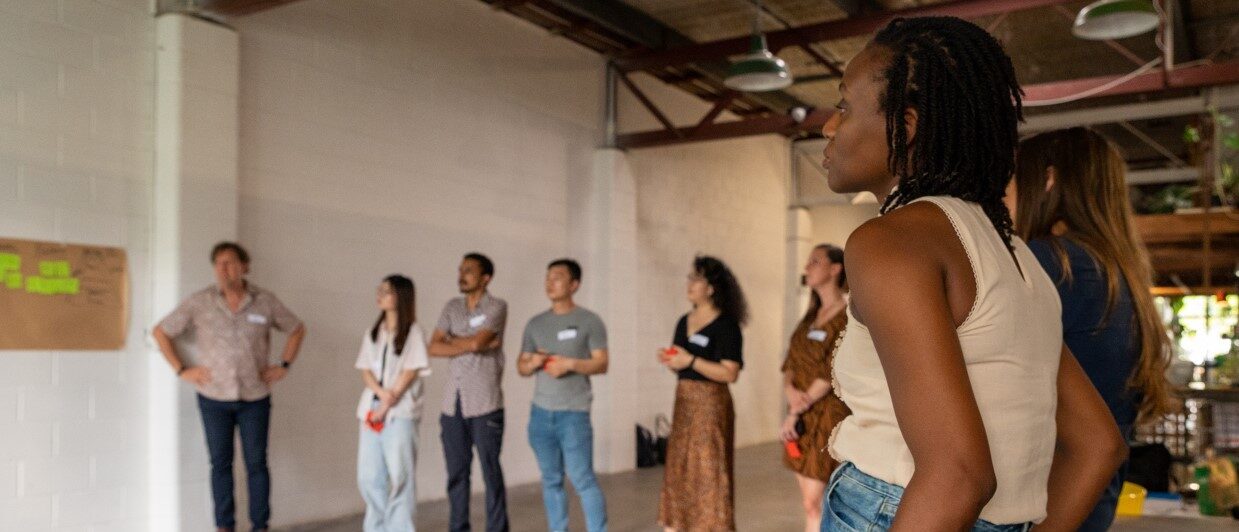
Throughout human history, knowledge has been infused into our psyches through storytelling. Modern science even tells us that our brains are far better at connecting with information when there is a narrative than where there is none. Somewhere along the way however, the art of storytelling was lost to an endless stream of facts, diluting the original value and intent. So, when we invited Simon Costanzo to present Enhancing My Science Communication, we were keen to get to the drawing board and have some creative fun, discovering a simple, but effect way to get our science messages across.
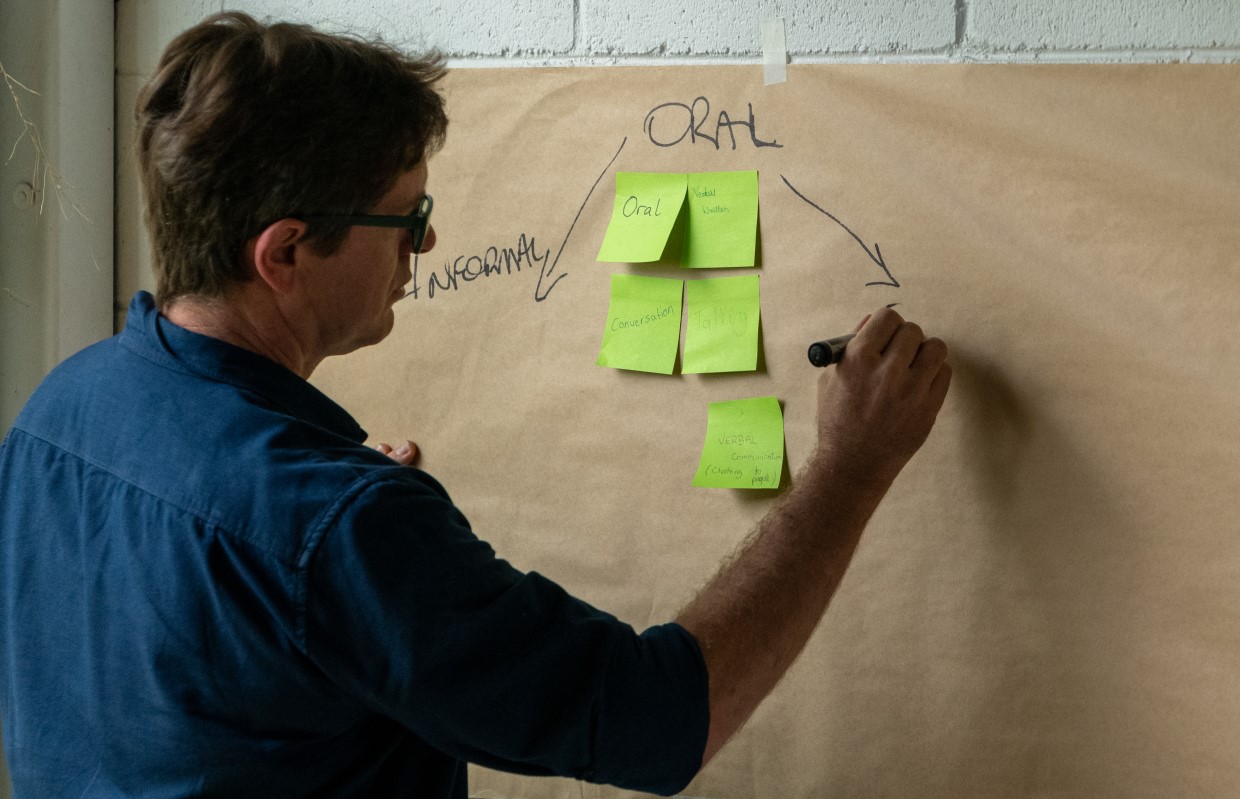
This workshop, for early career professionals, with plenty of Higher Degree Research students joining, kicked off the day at Vacant Assembly, by reviewing the various ways participants currently communicate their science and the challenges we face in doing so (see images below for details). The results were insightful, giving us all a collective sense of our communication strengths and the factors that confront us. One interesting challenge, was the vital role language and articulation play in the ability to extract and translate the message and convey it to an audience, who may or may not be receptive to it. Your chosen format, style, whether it’s appropriate for your audience, cultural considerations, clear and succinct articulation, acceptability – these are all important, subtle decisions to be made when communicating your science message. Which brought us back to storytelling.
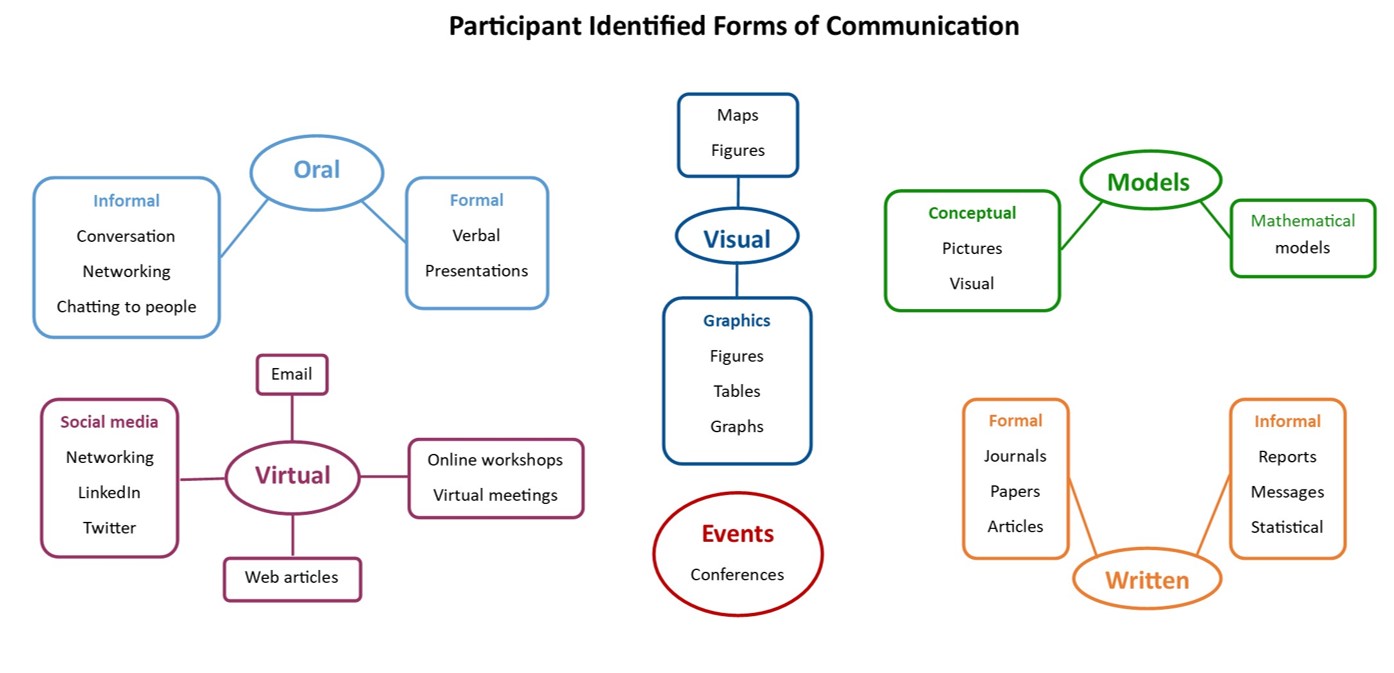
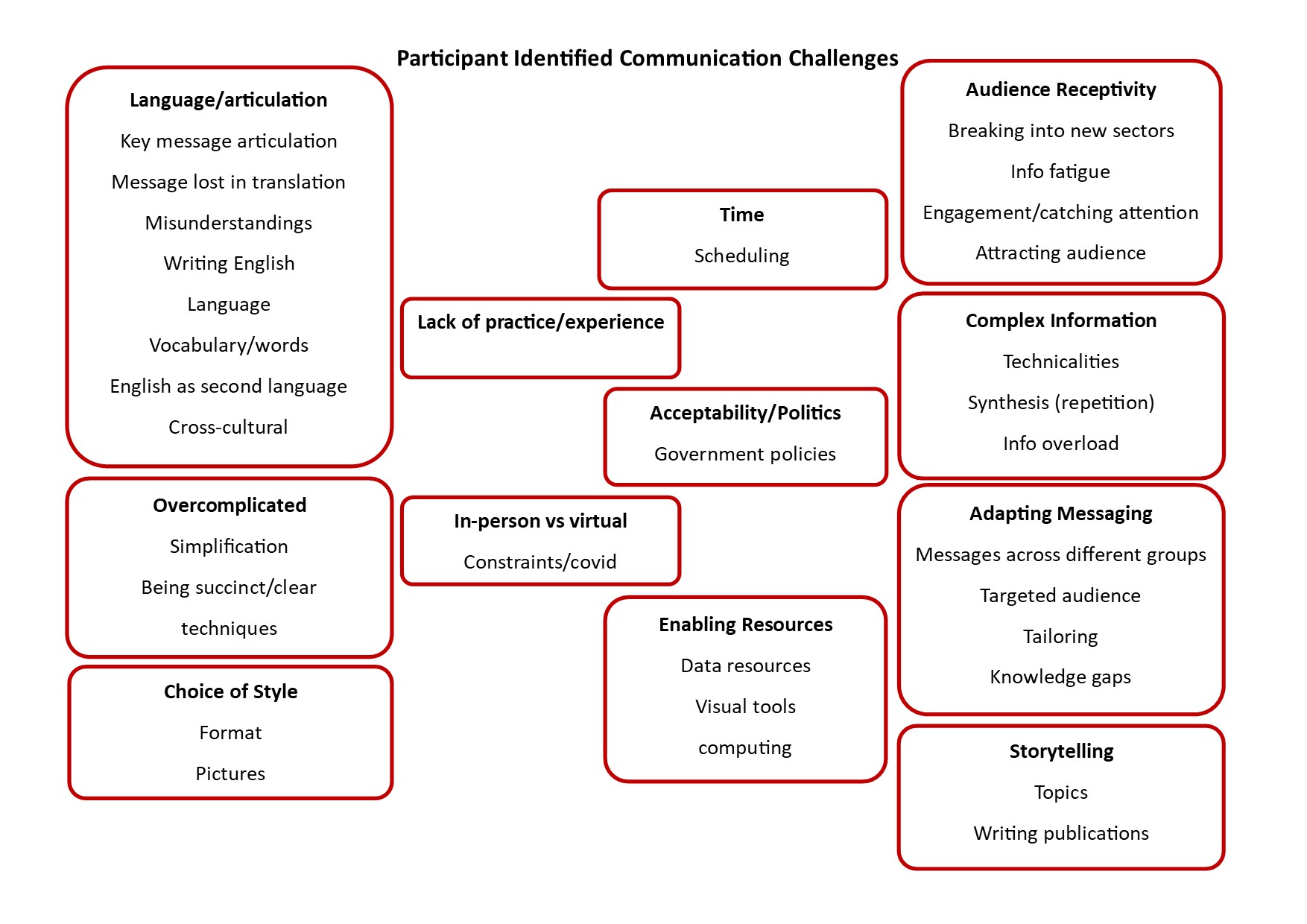
Simon presented the value of effective storytelling, and how it impacts the brain. Stories create neural couplings in the brain and generate the release of dopamine (making it easier to remember). Listeners begin to mirror the teller’s brain activity which in turn, helps process facts. When we consider comparisons of the “narrative index” between a number of scientists working on similar topics in the past, positive outcomes were assured, for those clever in their narratives. More details can be found in Simon’s presentation.
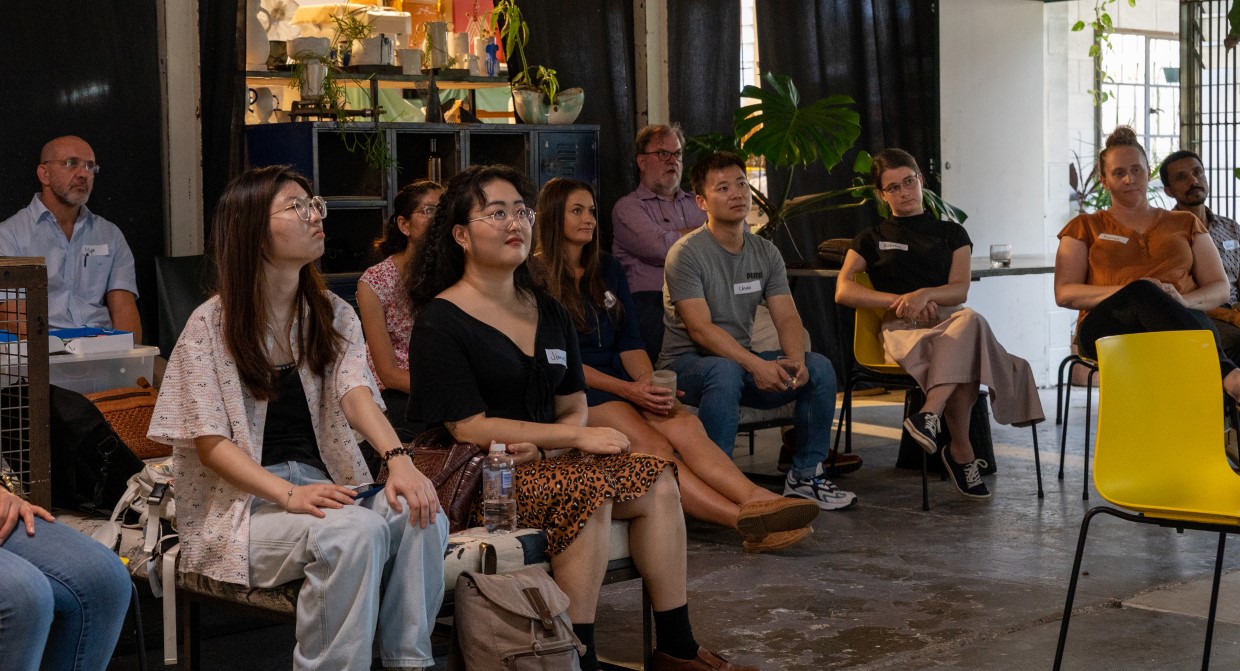
But, how do you tell a good science story? Participants were given time to come up with a short, ninety second pitch of their research or project using And > But > Therefore, a formula that science now shares with movies and television.
Participants shared their pitch in multiple, “speed-dating” style rounds, with time for feedback from their partners. Those prepared to share their pitch with the entire room, did so with confidence and eloquence. A final check-in provided participants time to share their experiences and a lot of helpful outcomes were reported.
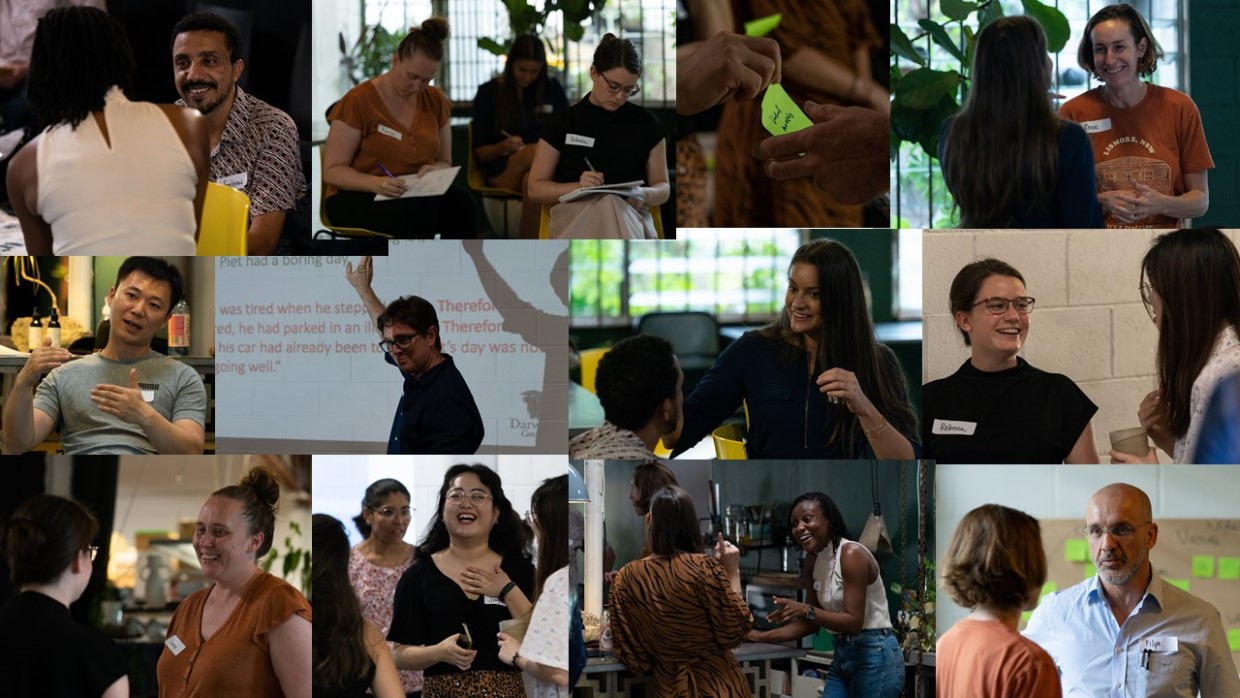
When sharing your science, the simple formula can provide a clever way to captivate your audience and give you the confidence you need to deliver your message, articulately.
We had a fantastic time delivering this event and thank Simon greatly for his energy, effort and time! Thank you to everyone who came along! The feedback has been very positive. Thanks!
Simon Costanzo, director of Darwinian Consulting, has significant experience and practical communication skills in designing report cards on waterways and catchments with many and varied stakeholders.
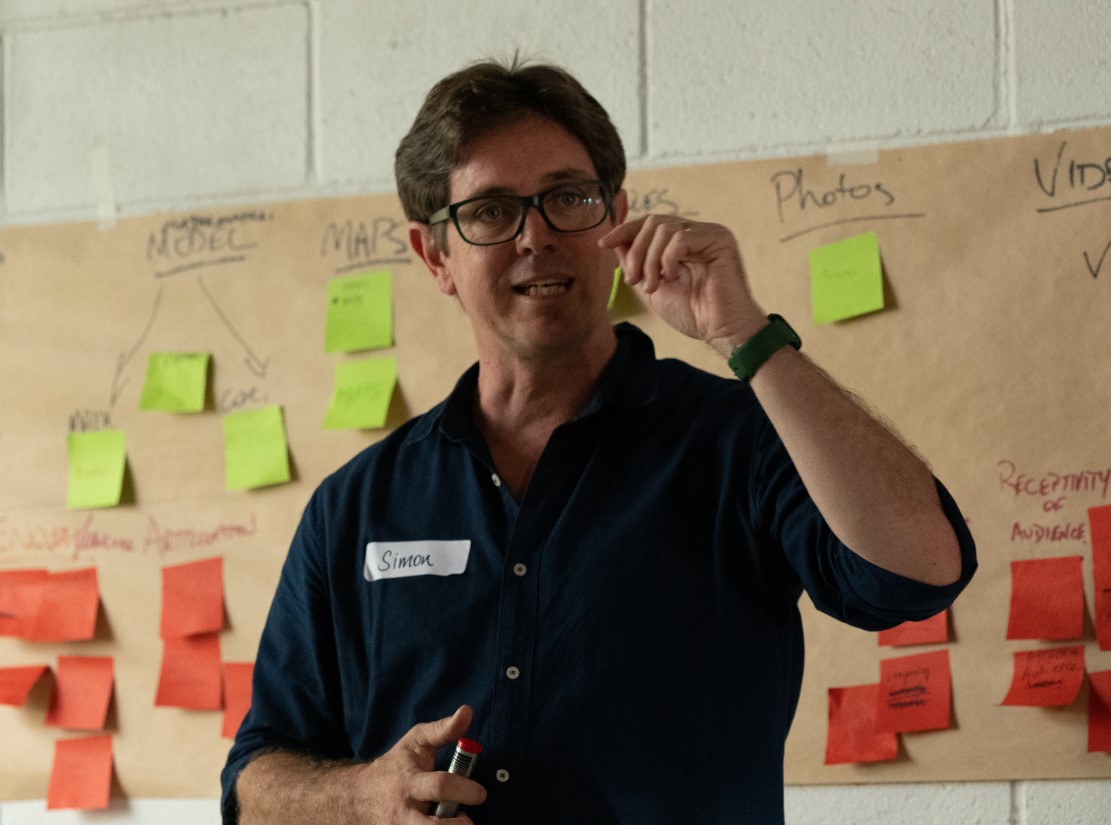
Simon’s Presentation – Link
And, But, Therefore
South Park – https://www.youtube.com/watch?v=vGUNqq3jVLg
Andy Olson (shorter video)https://www.youtube.com/watch?v=ERB7ITvabA4
Andy Olson (longer video) – https://www.youtube.com/watch?v=MlZKwsx58po
Useful Conceptual Diagrams
https://ian.umces.edu/blog/top-ten-conceptual-diagrams-seagrasses-streams-eco-rhythms/
IAN Symbol Library